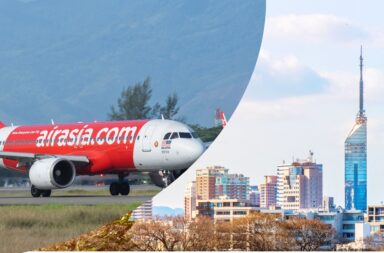Written by: Swastika Kusumawati
First, if you heard about Chiba Prefecture, maybe you’ll think about the famous Disney Resort, the great public aquarium with killer whale performances Kamogawa Sea World, the Germany Village-themed park Doitsu-mura, and many popular tourist spots.
Chiba Prefecture has 46 cities with Chiba City as its capital. It has the highest population among other cities in the prefecture and despite the fact that it is the capital city, which might have an image of skyscrapers and crowds, there are many hidden gems and unexplored tourist spots to visit if you have at least one day to spend here.
Today, I will share my experience visiting the unexplored spots in Chiba City for your bucket list when visiting Japan!
See Also
Muslim Friendly Map Chiba City
Chiba Urban Monorail
Access: Chiba Station
When visiting Japan, surely most of us will try the most popular public transportation, the train. But this time we will try the monorail!
Japan has monorails that have a different charm that attracts many people to ride them, especially the hanging ones.
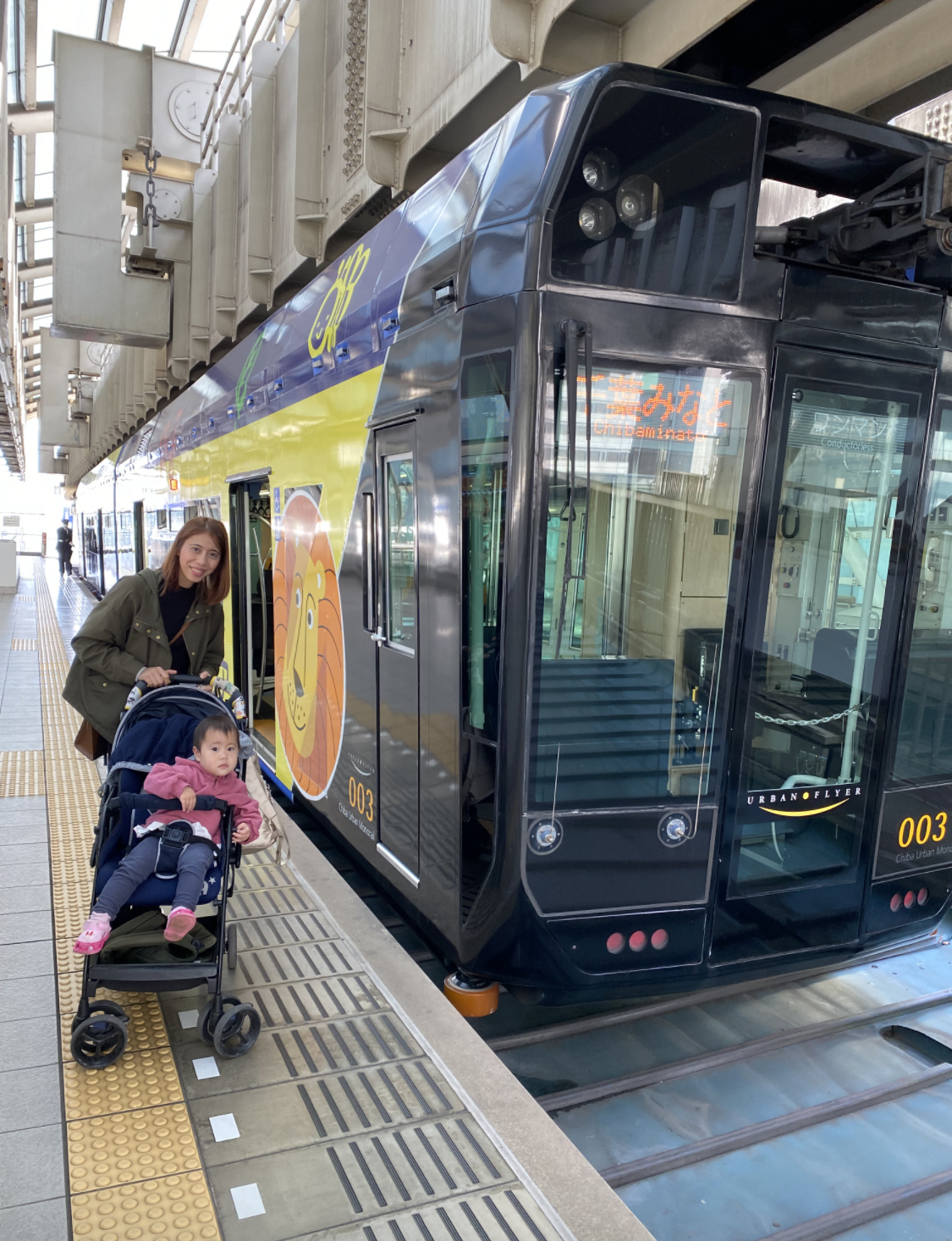
Chiba Urban Monorail is a hanging monorail, the rail is right above your head and you can see vehicles on the road below your feet through the transparent floor.
Ride on a hanging monorail in Chiba City will be an unforgettable experience in your life, so don’t miss it!
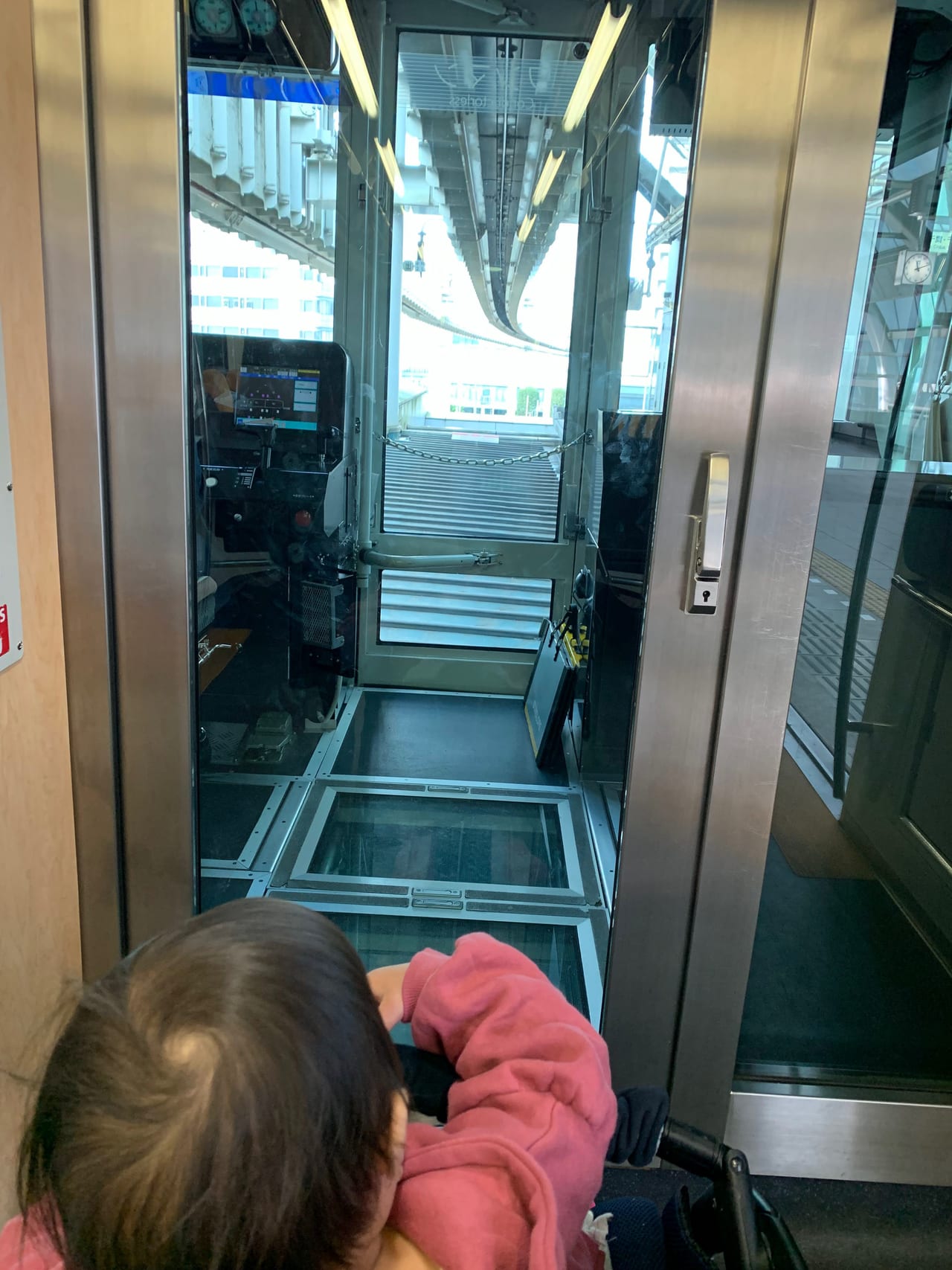
Let’s start the trip from Chiba Station to enjoy Chiba City!
Chiba Castle (Inohana Castle)
Access: 7 minutes walk from Kencho-Mae Station (Chiba Urban Monorail)
Chiba Castle, commonly known as Inohana Castle, is located inside Chiba City’s Inohana Park. It was built in 1126 by Tsuneshige Chiba of the Chiba clan, and his statue can be seen right in front of the Castle.

In 1967, the castle was reconstructed to become the Chiba City Folk Museum, the place where you can learn about the history of the Chiba clan and its historical contribution to Chiba City, also you can see the artifacts relating to the history of Chiba City.
The museum has 5 floors. 1F to 4F show the gallery of history and culture of Chiba City, while 5F is an observatory deck where visitors can see the panoramic of Chiba City.

If you want to learn history and visit the Japanese Castle that is not far from Tokyo, this is the recommended spot to visit.
Chiba Port Tower
Access: 5 minutes walk from Chiba Minato Station
Chiba Port Tower is the highest building in Chiba Prefecture, located in Chuo-ku, Chiba City. The tower was built in 1986 as a symbol of Chiba Port. It comes in a slim feature with 125 m of height in total, covered with mirrored glass that reflects the sun (which is amazing in fine weather!), making it appears so incredible.
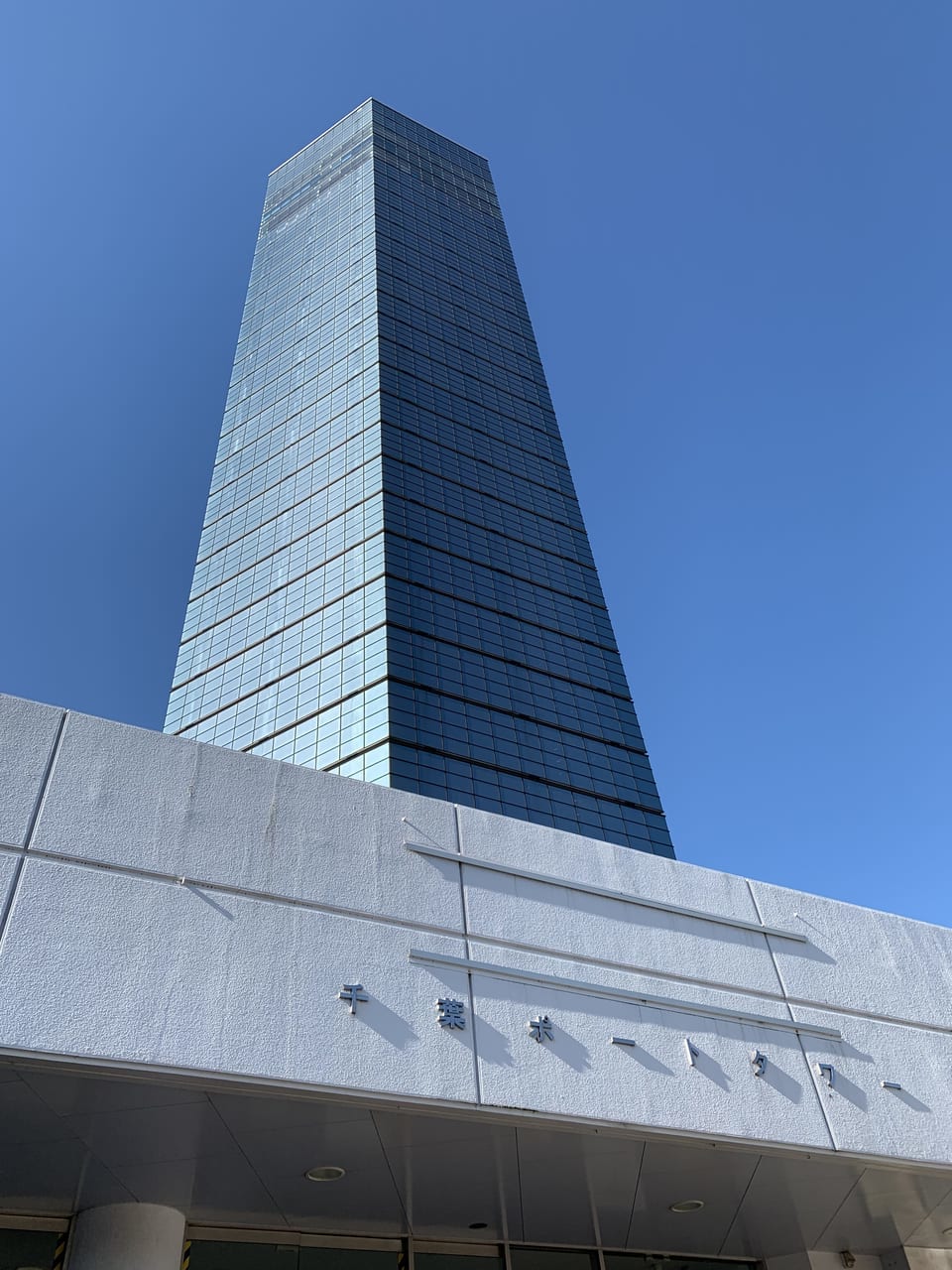
The first floor is the entrance with a shop where you can buy souvenirs related to Chiba City and an exhibition room that explain the role of Chiba Port, the second floor is a view room, the third floor is the coffee shop called “Cafe La Plage” where you can get relax while enjoying the scenery of the port, and the fourth floor is the main observatory floor with the best spot to enjoy the view of the sea, the port, and the panorama of Chiba City. In addition, you can see the beauty of Mt. Fuji too!
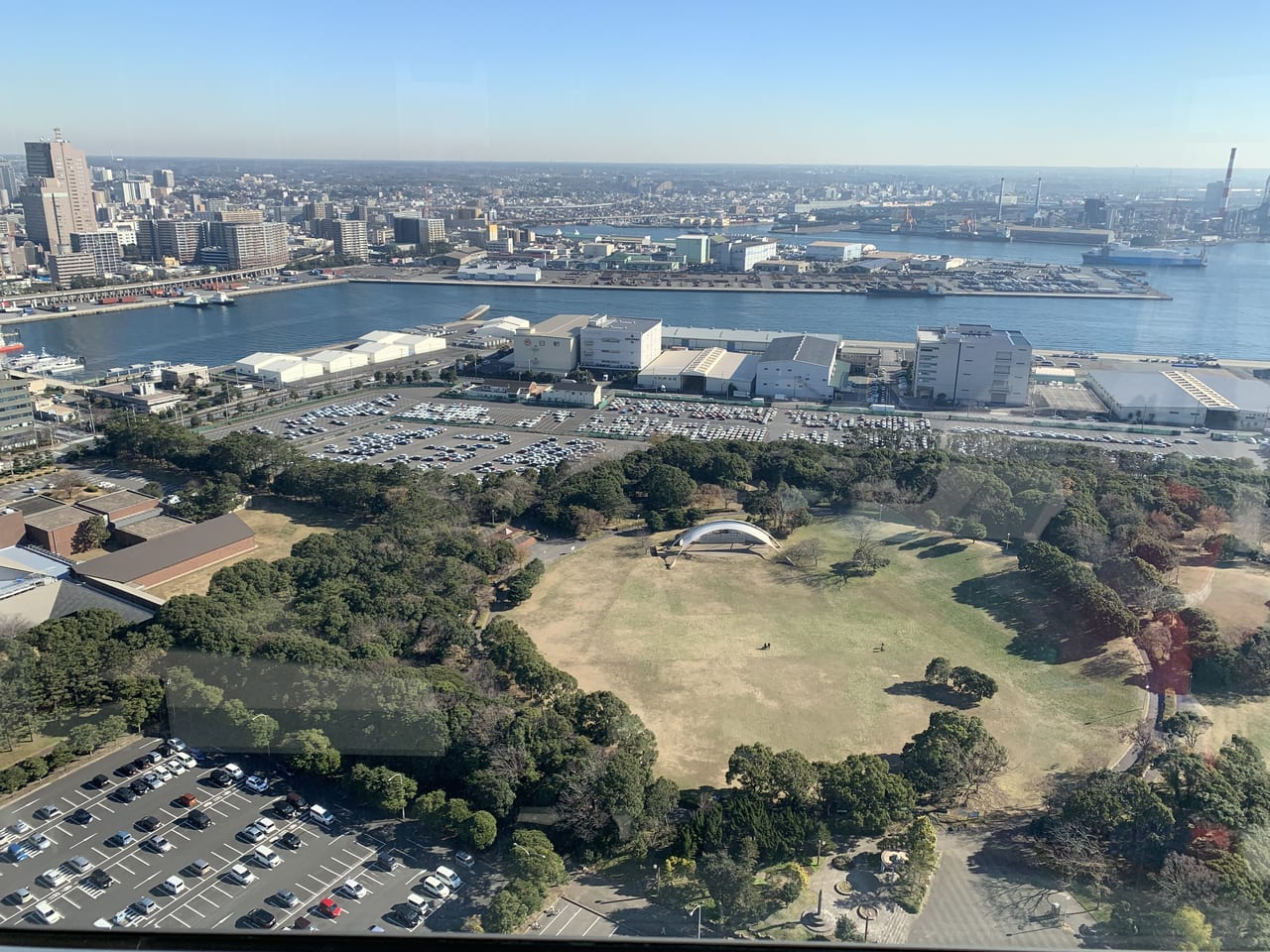
In winter, you can enjoy beautiful light during the illumination festival in Chiba Port Tower from 17:00 until close. Please check the website for the detailed schedule and admission fee.
Chiba Shrine
Access: 10 minutes walk from Chiba Station
If you love to enjoy the decoration of traditional buildings in Japan or maybe want to get closer to the Chiba clan, the Chiba Shrine is good to visit!
Chiba Shrine (千葉神社、Chiba Jinja) is a Shinto shrine located in Chuo-ku, Chiba City. It is also popularly known as Chiba Dai-Myōken (千葉大妙見, “Great Myōken [Shrine] of Chiba”), due to its historical status as one of the principal centers of Myōken worship in Chiba Prefecture associated with Chiba Clan. The shrine is usually popular among students to pray for success in study.

This shrine has unique yet beautiful architecture with red-painted covered almost all of the building, and every detail from the main gate to the main shrine building has a deep meaning that made this shrine looks stunning.
As you enter the main gate (Sonjoden), there is Fukutokuden, an octagonal shrine representing the Eight Trigrams (Baqua) and twelve signs of the Chinese Zodiac.
See Also
Japan Considers Gradually Open The Border Starts From June 10
Why does Japan Relax Its Border That Slowly?


